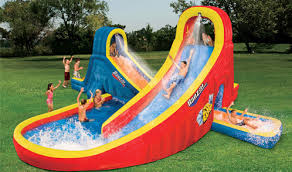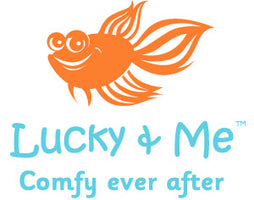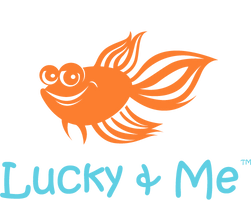
We Worry About Our Kids
My daughter has asthma; the slightest sniffle or change in pollen count would trigger an episode until we learned how to use a steroid inhaler to prevent the cascade into coughing and wheezing. And yet, I still worry. I worry that she’s becoming allergic to our cats, that she’ll be on steroids forever, that going back to school will bring exposure to a new set of cold germs.
And I confess, my worries escalate. I worry that the craft jewelry-making kit she got for her birthday might contain lead, the plastic water bottle she got at camp has BPA, the colorful pajamas she loves to wear have harmful dyes, and that she’ll break a tooth on her friend's 10-foot Slip 'n Slide. (Okay, that last one really did happen— but it was just a chip!).
 Consumer Products Safety Commission
Consumer Products Safety Commission
Fortunately, some of my worries can be laid to rest through the work of the Consumer Products Safety Commission (CPSC), an independent agency of the U.S. Government charged with protecting us from unreasonable risks of injury or death. I am amazed that this agency did not exist until 1972! Since then, the CPSC has been responsible for banning dangerous products— issuing recalls of unsafe products and researching potential hazards in consumer products.
Product Recalls for Safety
In 2007, millions of toys including Big Bird, Elmo, Thomas the Tank, Curious George, Dora the Explorer and those formidably tiny Barbie accessories were recalled because they contained lead paint. These recalls launched a call for more rigorous standards and testing for children’s products.
In 2008, the CPSC signed the Consumer Product Safety Improvement Act into law, requiring makers of all children's products, including toys and apparel, to comply with stricter standards, mandatory testing, and enhanced labeling rules. This law even requires each individual product to contain a permanent label indicating when and where it was made so that problems can be traced back— not only to the manufacturing facility—but to the exact production batch.
No Drawstrings for Little Ones
I know about the CPSC from my days making apparel products for Justice. We designed a sweatshirt with drawstrings and we were required to make the toggles permanently fixed to the drawstrings so they couldn't become choking hazards. But drawstrings are dangerous, too! They can become entangled on playground equipment and vehicle doors—and thus, the CPSC issued a federal safety rule in 2011 severely restricting the use of drawstrings in children's clothing. Please check your children's new and hand-me-down clothing and make sure they don't have potentially hazardous drawstrings. This Deezo hoodie and others like it were recalled in 2013.

Kids Sleepwear Safety
Children's sleepwear and loungewear is produced under extremely strict standards for flammability resistance. The CSPC sets those standards and requires rigorous testing for compliance. The CSPC issued a recall for children's nightgowns for flammability resistance violation in February of 2020. The CPSC also provides a great public service through their Safety Education programs, including a blog called On Safety which gives regular updates on potential hazards, such as single-load detergent packets which can look like candy to a toddler, but contain concentrated amounts of toxic chemicals.
The CPSC sets safety standards and testing requirements for all children's apparel. I am pleased to report that Lucky & Me fabrics and garments adhere to all safety standards set by the Consumer Products Safety Commission and the Consumer Product Safety Improvement Act and have passed all testing with a third-party testing facility. That is one thing I do not have to worry about!
By Liz Smith. Liz has worked across the globe for many of the world's best known apparel brands, including Justice, Chico's, Victoria's Secret, and Hanes. She has worked closely with dozens of factories in more than 20 countries to ensure that production is of the highest standard. Liz has managed all aspects of garment production, from design through fabric development to sewing and merchandising - so she knows what it takes to make high-quality apparel. Liz is thrilled to share her knowledge about clothes to help discerning customers choose the finest products.


 Consumer Products Safety Commission
Consumer Products Safety Commission